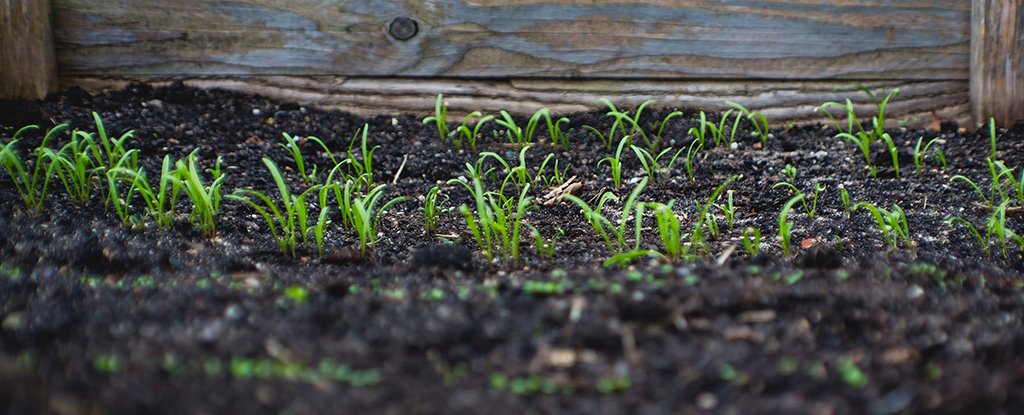Products You May Like
Modeling the future consequences of climate change requires a huge number of calculations based on a vast amount of factors, including how well microbes in soil might hold onto carbon – something that’s much more complicated than originally thought.
In new research, scientists combined field measurements with computer modeling to show significant seasonal shifts in microbial activity and the production of carbon dioxide, as differences in temperature and precipitation shifted around the year.
Not only might this help us to better predict future warming of the planet, it might also help us to control it – by keeping these seasonal variations down to a minimum, the amount of carbon kept trapped in the earth could be increased.
“When microbial colonies in the soil are in a productive phase, increasing in numbers and size, they will need more carbon to fuel their growth,” says global change ecologist Xiaofeng Xu from San Diego State University (SDSU).
“When we manipulated the quantities and activities of soil microbes in simulations and observed the reciprocal changes in soil carbon, we found that when seasonal variation was removed, microbial respiratory rates went down.”
The team used a model known as CLM-Microbe (Community Land Model), putting it through its paces on a supercomputer in nine natural biome settings: tropical/subtropical forest, temperate coniferous forest, temperate broadleaf forest, boreal forest, shrubland, grassland, desert, tundra, and wetland.
In order to validate and test it, this data was compared to real-world observations recorded in previous studies, covering 844 sites in total. The modeling was mostly consistent, although its accuracy did vary by ecosystem.
While it’s been well established that soil plays a big part in the carbon cycle, scientists don’t have much idea of the details at the moment – including how different types of soil and different ecosystem setups could affect carbon capture and release from the ground. This study helps fill in some of the gaps.
“The model’s ability to simulate bacterial and fungal dynamics improves our understanding of the soil microbial community’s impact on the carbon cycle,” says ecologist Liyuan He.
The researchers suggest that by using careful management practices such as reducing tillage, land owners might be able to limit the amount of seasonal variation in soil microbial population. As an added bonus, soil fertility might well be improved too.
There’s currently plenty of carbon stored in the planet’s soil, and the potential to store plenty more as well, if we manage it right. If we get it wrong, a lot of that carbon is going to escape, compounding the problems we’re seeing with rising temperatures worldwide.
Next the researchers want to look at how microbial seasonality impacts the balance of carbon dioxide in the atmosphere, based on the various ways land is used around the world, and how that might change in the future.
“This study demonstrates the need to incorporate microbial seasonality in Earth system models so we can better predict climate-carbon interactions,” says ecosystem ecologist Chun-Ta Lai.
The research has been published in Global Change Biology.
